In regions with high mineral content in tap water, such as Arizona, product designers and buyers often ask whether local water chemistry will shorten product life or worsen performance. For electric toothbrushes positioned as an Arizona mineral toothbrush or sold into Arizona markets, the answer is: yes—hard water can cause specific, predictable issues if the product isn’t engineered for it. Below we walk B2B manufacturers and OEM/ODM partners through six practical dimensions—mechanisms of damage, materials & coatings, sealing & mechanical design, validation & QA, user-care & after-sales, and go-to-market considerations—so you can design durable, low-service electric toothbrushes for hard-water markets.
First, understand what “hard water” does. High concentrations of dissolved minerals (mainly calcium and magnesium) deposit as scale when water evaporates or is heated. For an electric toothbrush this leads to:
Therefore, hard-water exposure is not just cosmetic: it can raise warranty rates and reduce customer satisfaction unless addressed proactively.
Next, choose materials and surface treatments that tolerate mineral deposition and are easy to clean:
Consequently, material and coating strategy reduces the rate at which Arizona hard water produces functionally harmful deposits.
Moreover, good mechanical design prevents mineral ingress and makes any deposits easy to remove:
Hence, designing for easy maintenance reduces service calls and extends useful life in high-mineral areas.
Furthermore, simulate Arizona hard-water exposure during development rather than waiting for field failures:
In short, define pass/fail thresholds tied to warranty economics and include hard-water scenarios in QA protocols.
Next, reduce customer effort and warranty friction with clear maintenance paths:
Finally, adapt commercialization to the environment:
Therefore, a market-tailored product and support program turns a regional challenge into a competitive advantage.
To ensure electric toothbrushes thrive in Arizona’s mineral-rich water:
If you’d like, I can convert this into a technical appendix for your engineering team (materials table, suggested coatings, accelerated scale test protocol, and a customer care script) so you can pilot an Arizona mineral toothbrush SKU with confidence. Contact Powsmart
.jpg)
.jpg)
Pulp Irritation Plus Allergic Reactions – Emergency?
Does Loud Electric Toothbrush Noise Reduce Cleaning Efficacy?

Does Space-Saving Flosser Combo Cause Pulse Inconsistency?
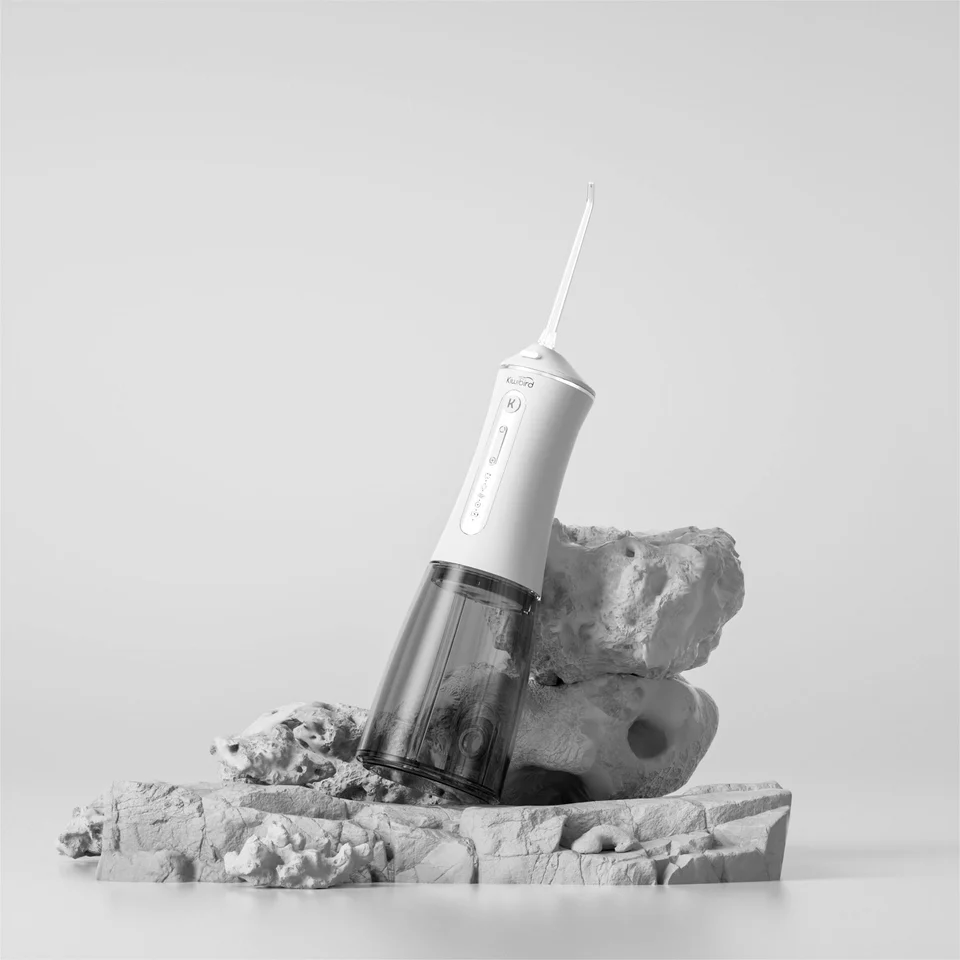
How Can Oral Care Enterprises Rise Rapidly by Leveraging Factory Resources?
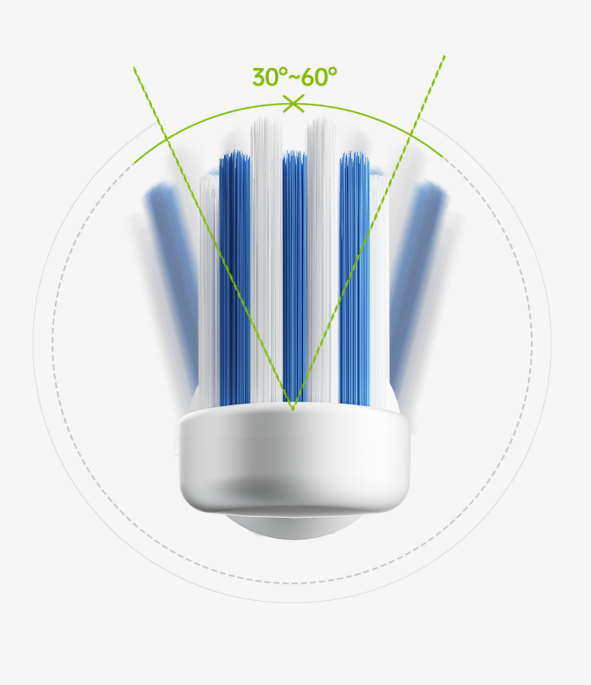
5 reasons for brands to enter the electric toothbrush industry in 2024
Motor Overheating Disrupts Oral Microbiome? Critical Alert!
.jpg)
How the Quadpacer Timer helps you achieve balanced cleaning
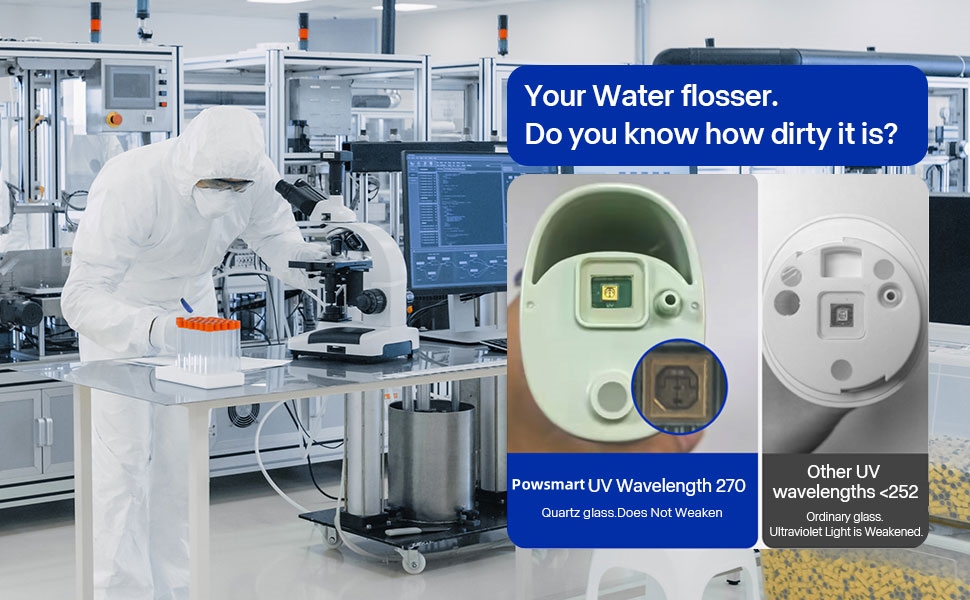
Water Flosser vs. Traditional Dental Floss: A Manufacturing Perspective
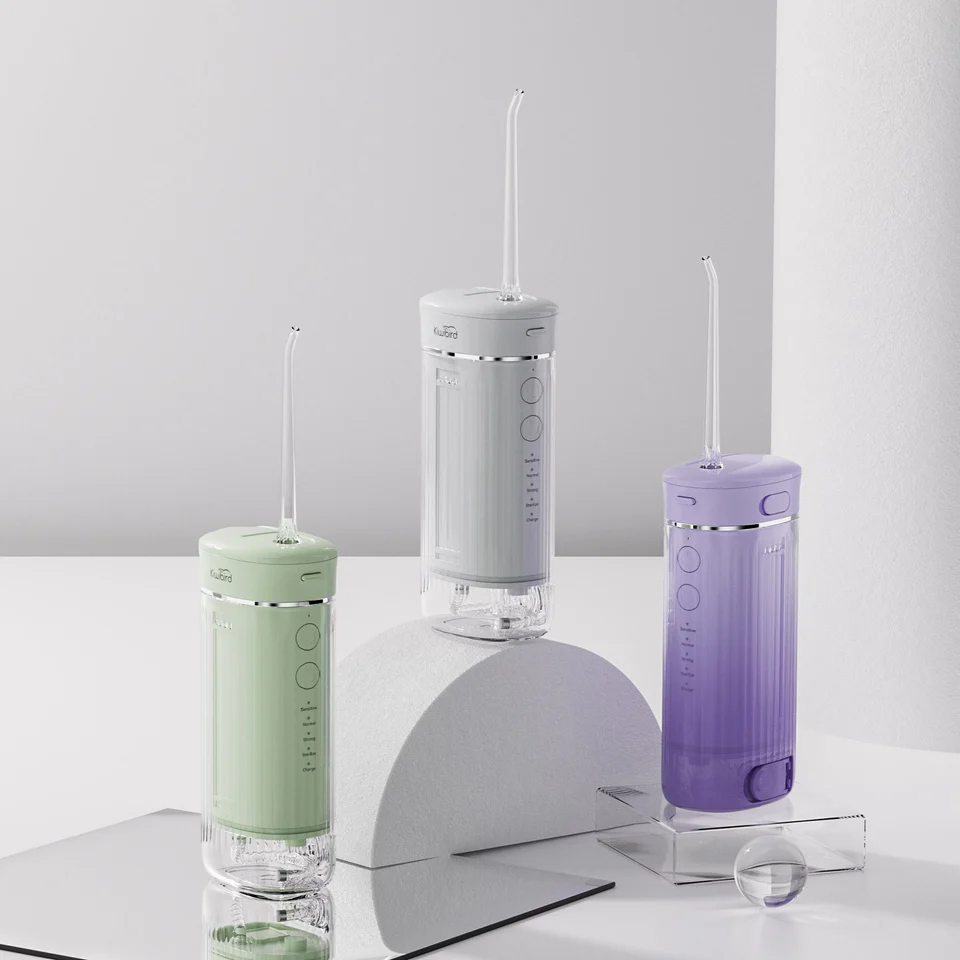
Competitive Water Flosser Features That Drive Sales

Analyze the Future Development Trend of the Oral Irrigator Market
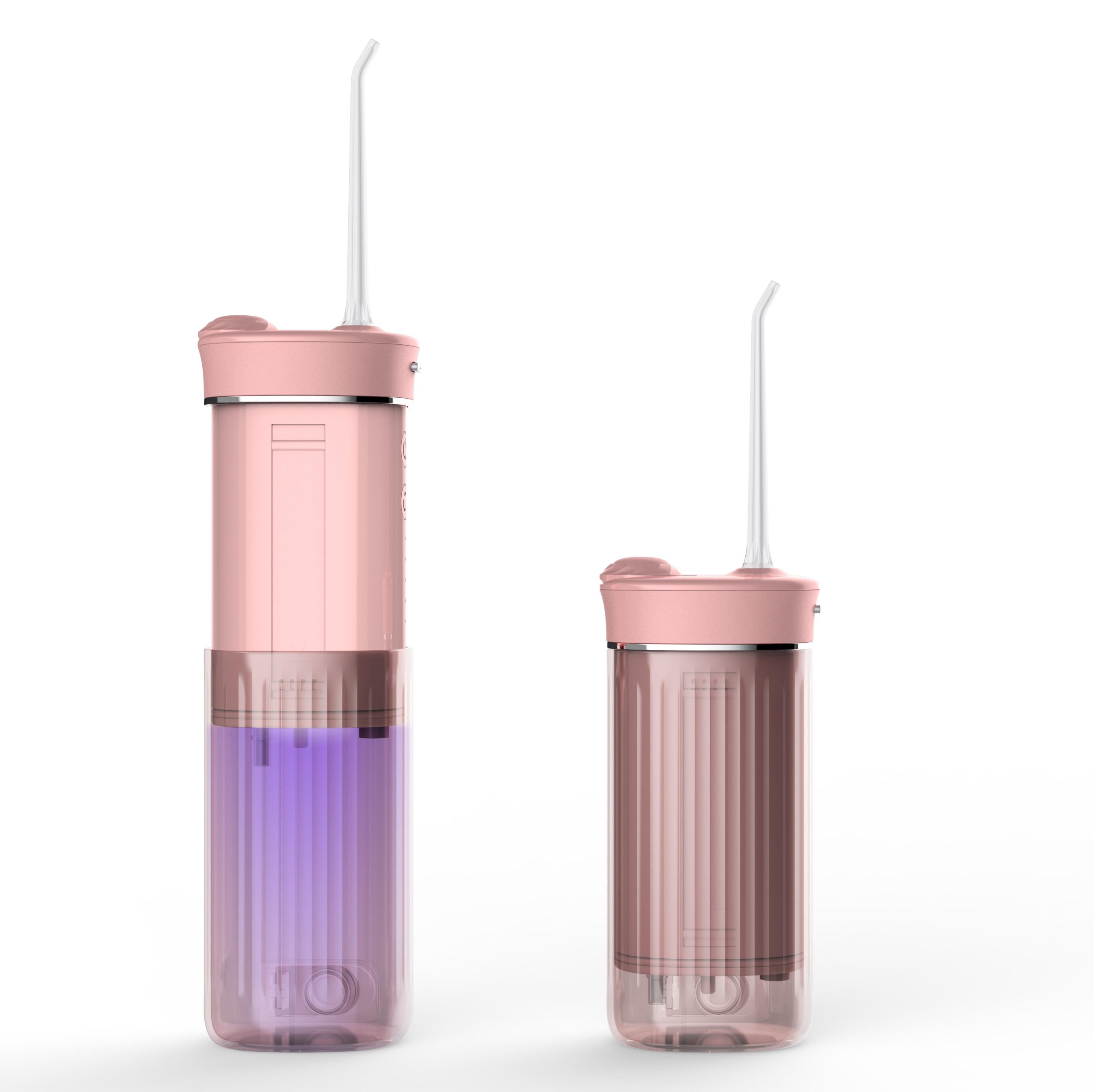
How to Use a Water Flosser Effectively: A Guide for Beginners
.jpg)
Why is Sonic technology essential for a Kids toothbrush?
Timer Malfunction with Whitening Reversal – Wasted Effort?

Effect of Electric Toothbrush on Fixed Orthodontic Adolescents with Poor Oral Hygiene
How Does Gum Recession Relate to Maintenance Complexity?

When North Campus budget meets a Delhi festival offer?

electric toothbrush heads Regular Clean

electric toothbrush heads Deep Clean

Electric toothbrush heads Charcoal Infused-Diamond

electric toothbrush heads Charcoal Infuse-Round

electric toothbrush heads Ultra Soft

Private Label Whitening Gel
.jpg)
Florida Electric Toothbrush – Powsmart PTR-C8

Customization Teeth Whitening Gel
whstapp
whstapp
National Toll-Free Service Hotline
+86 755 86238638